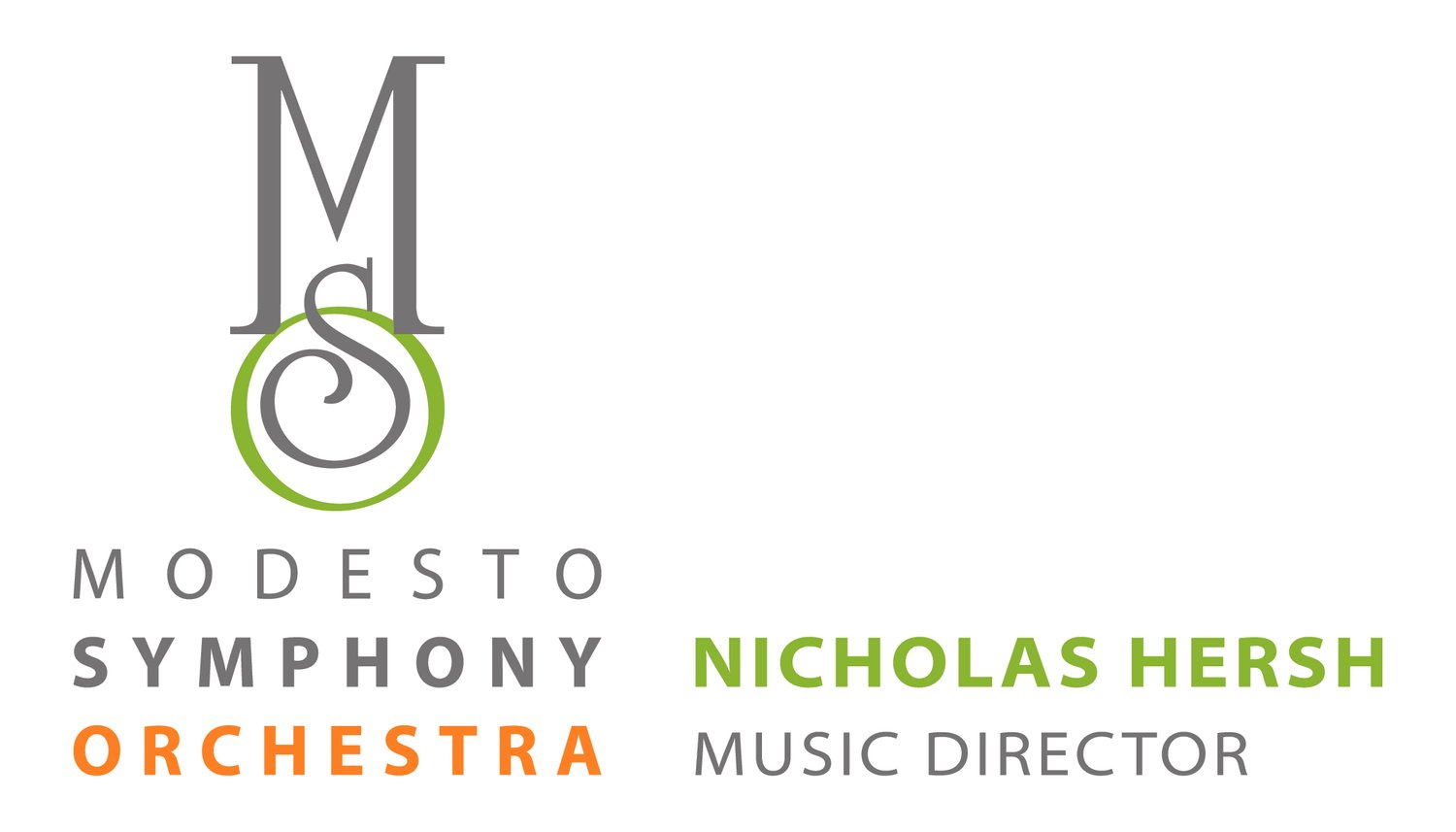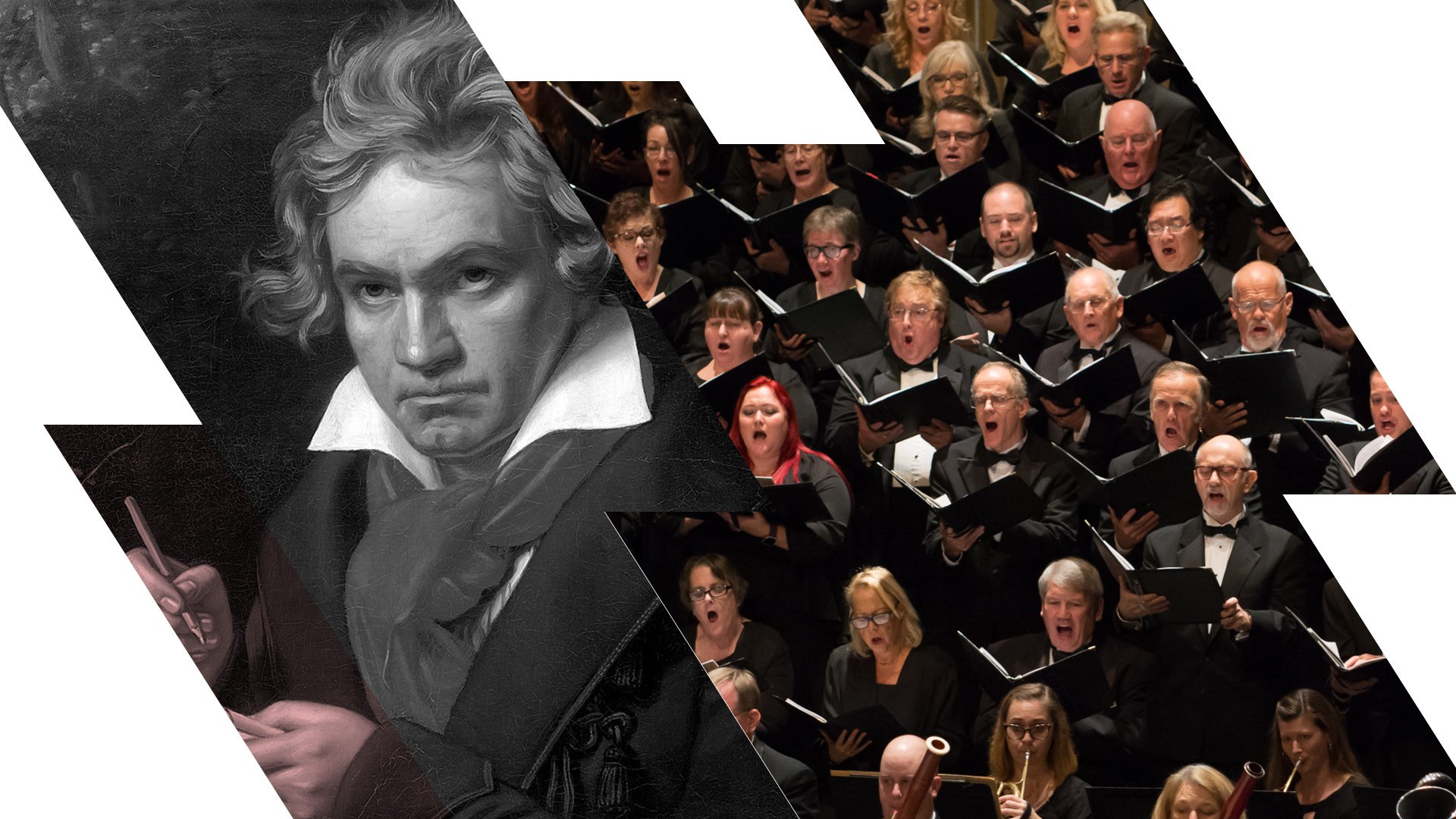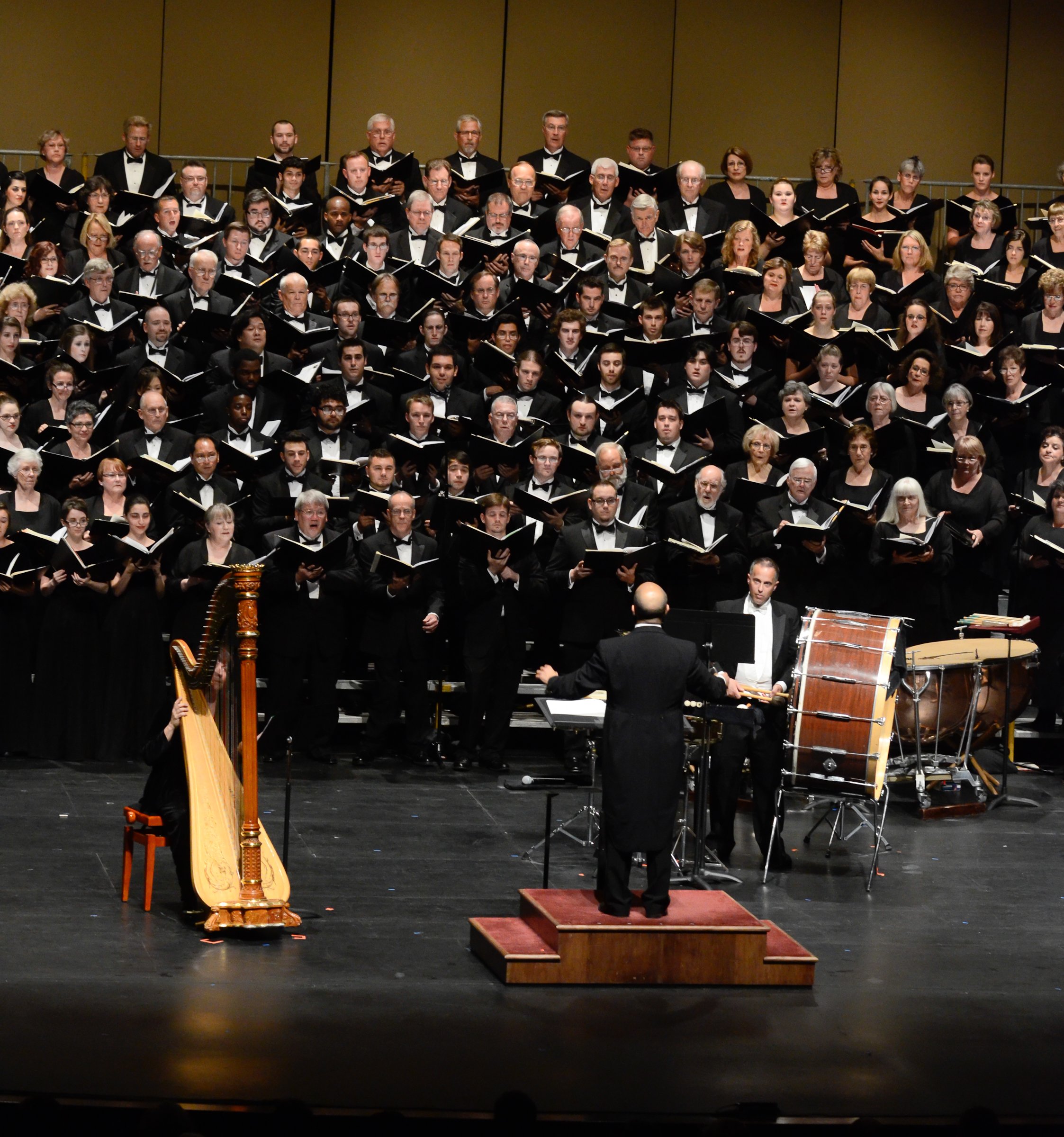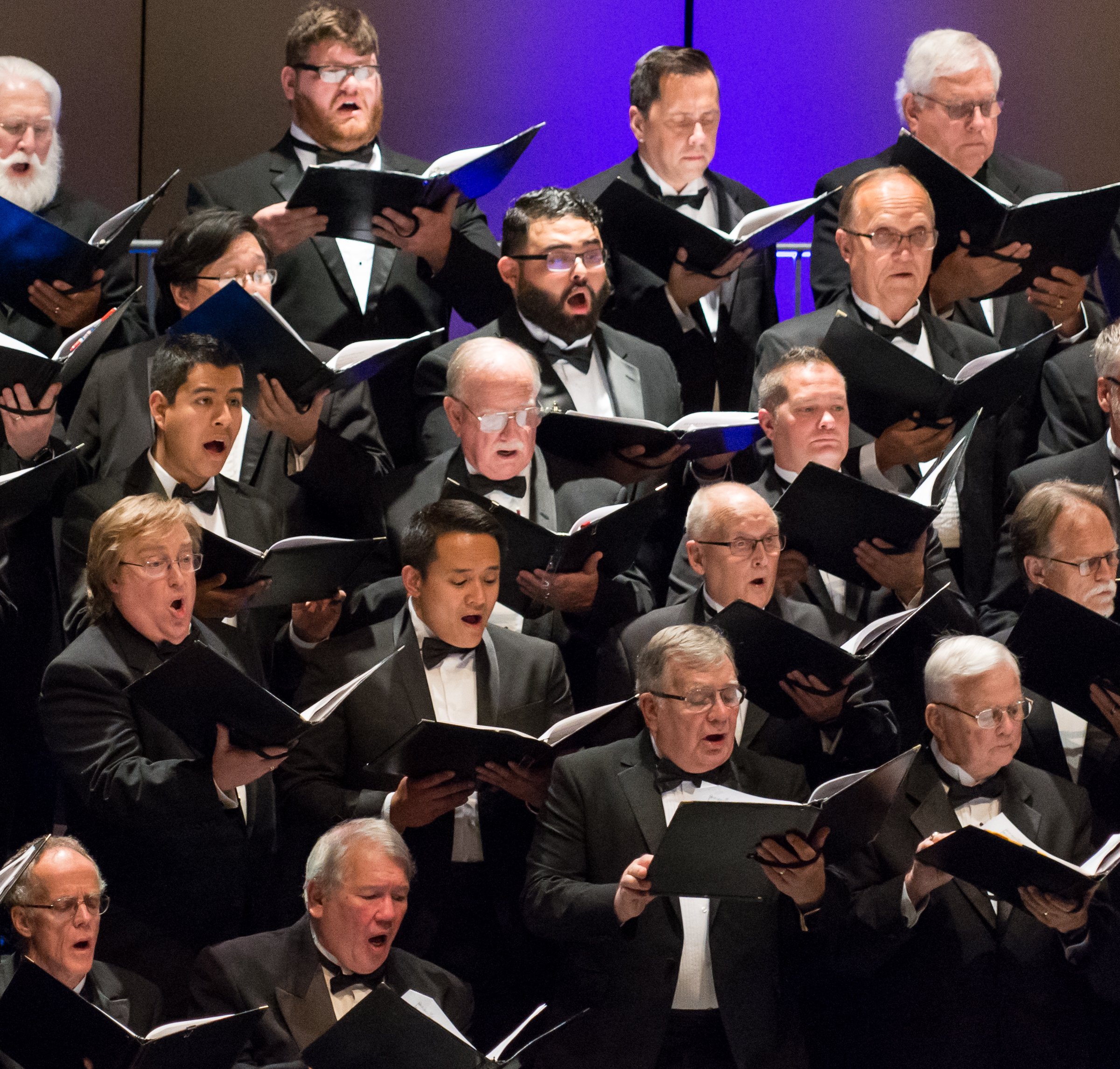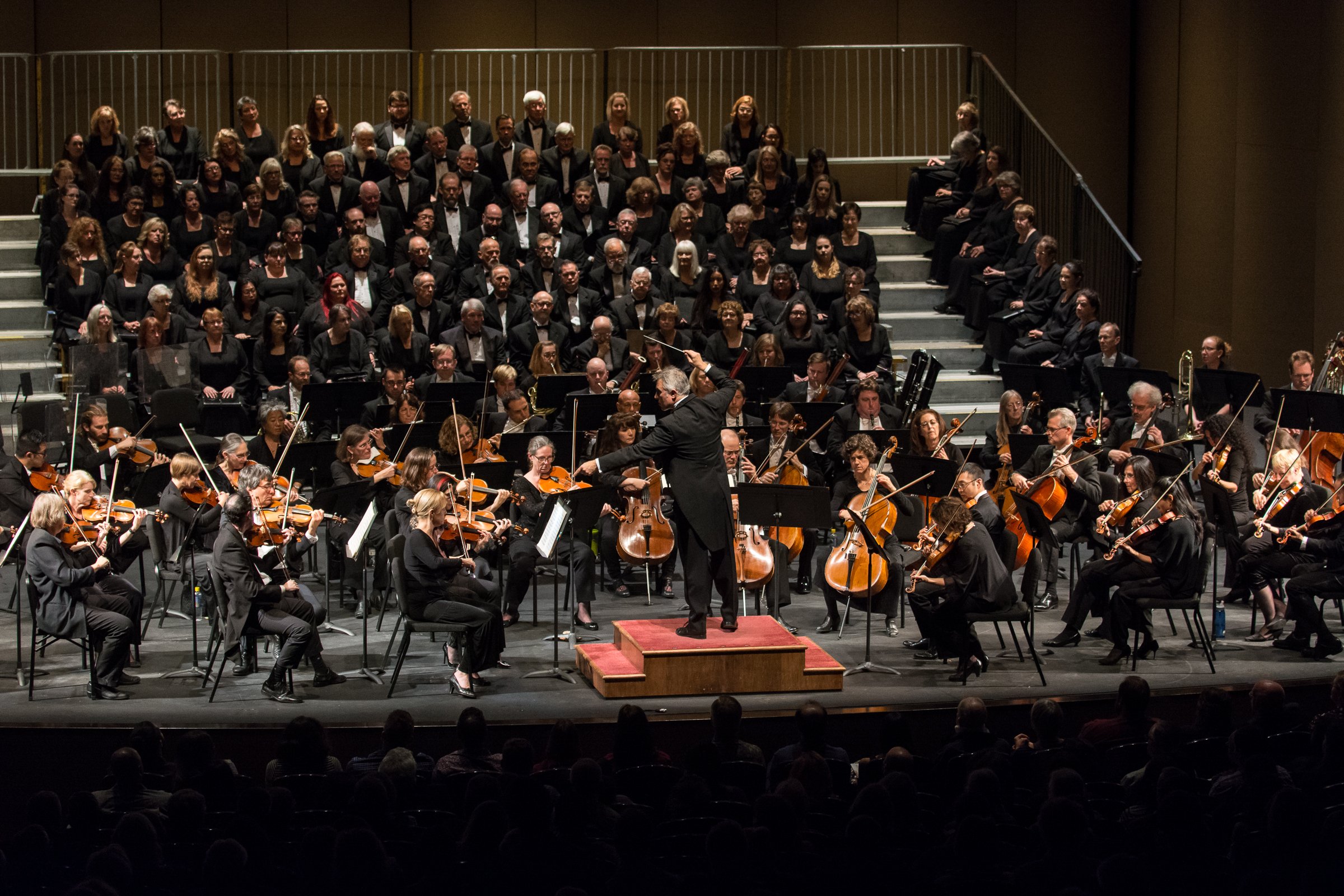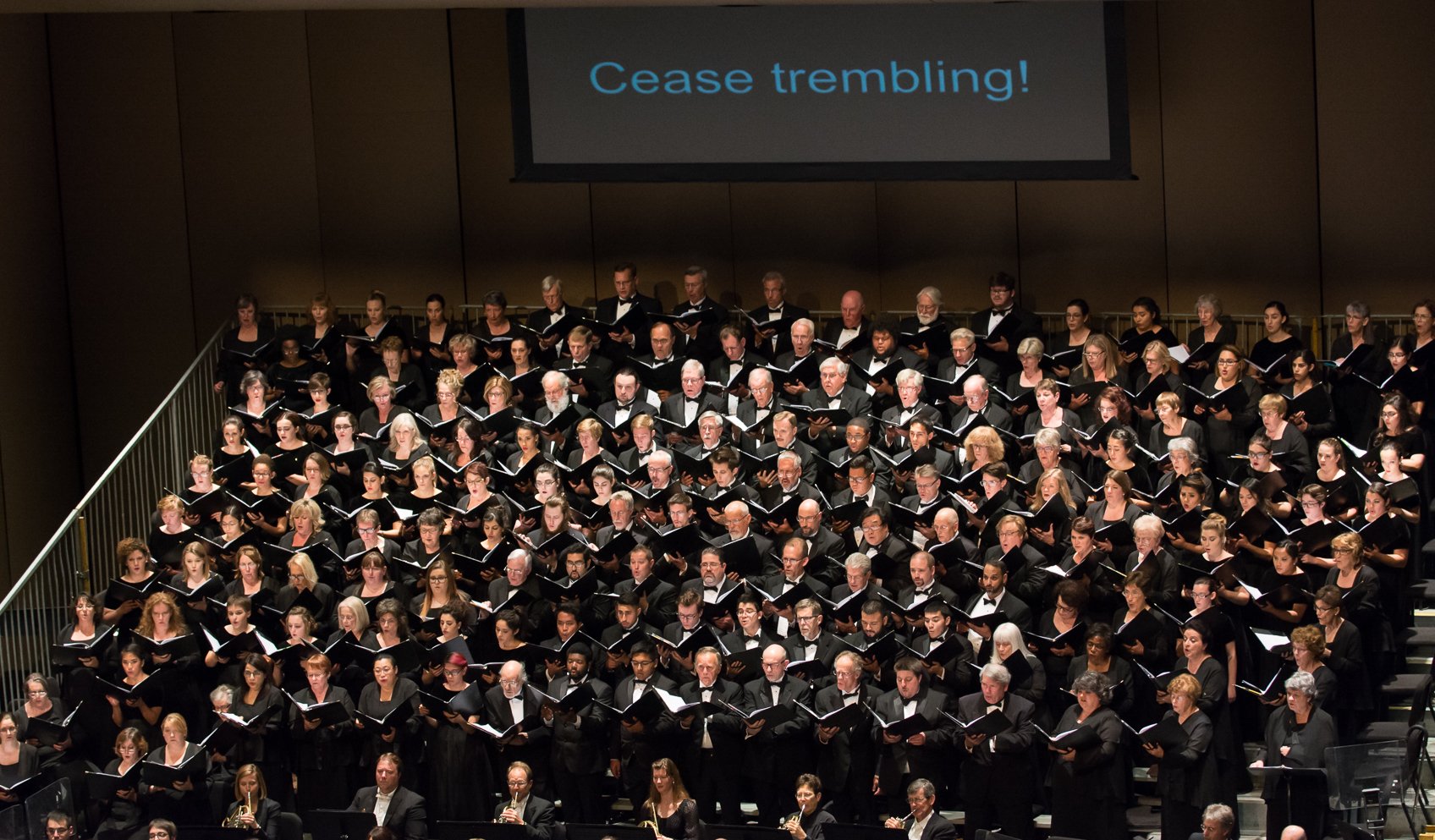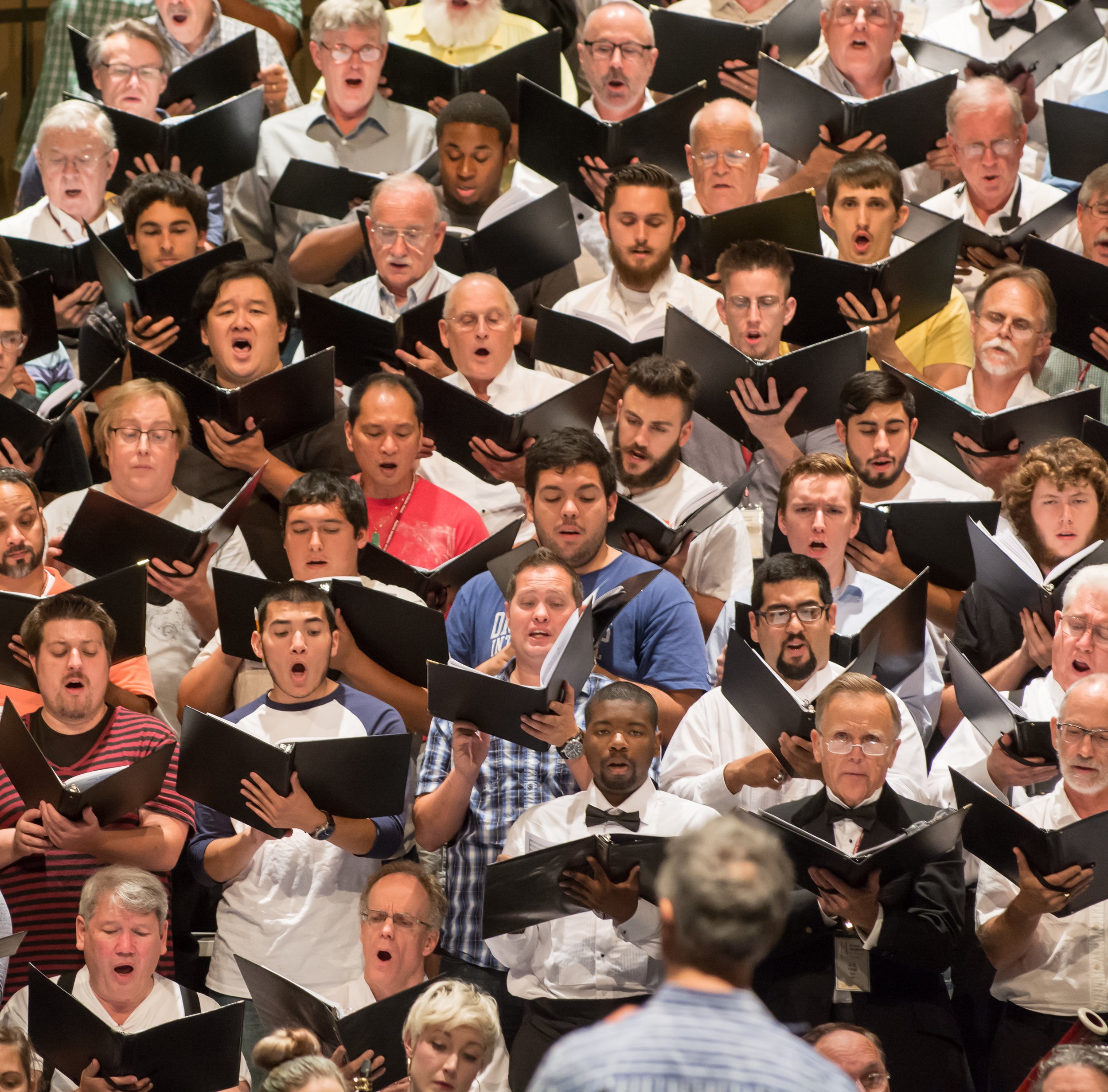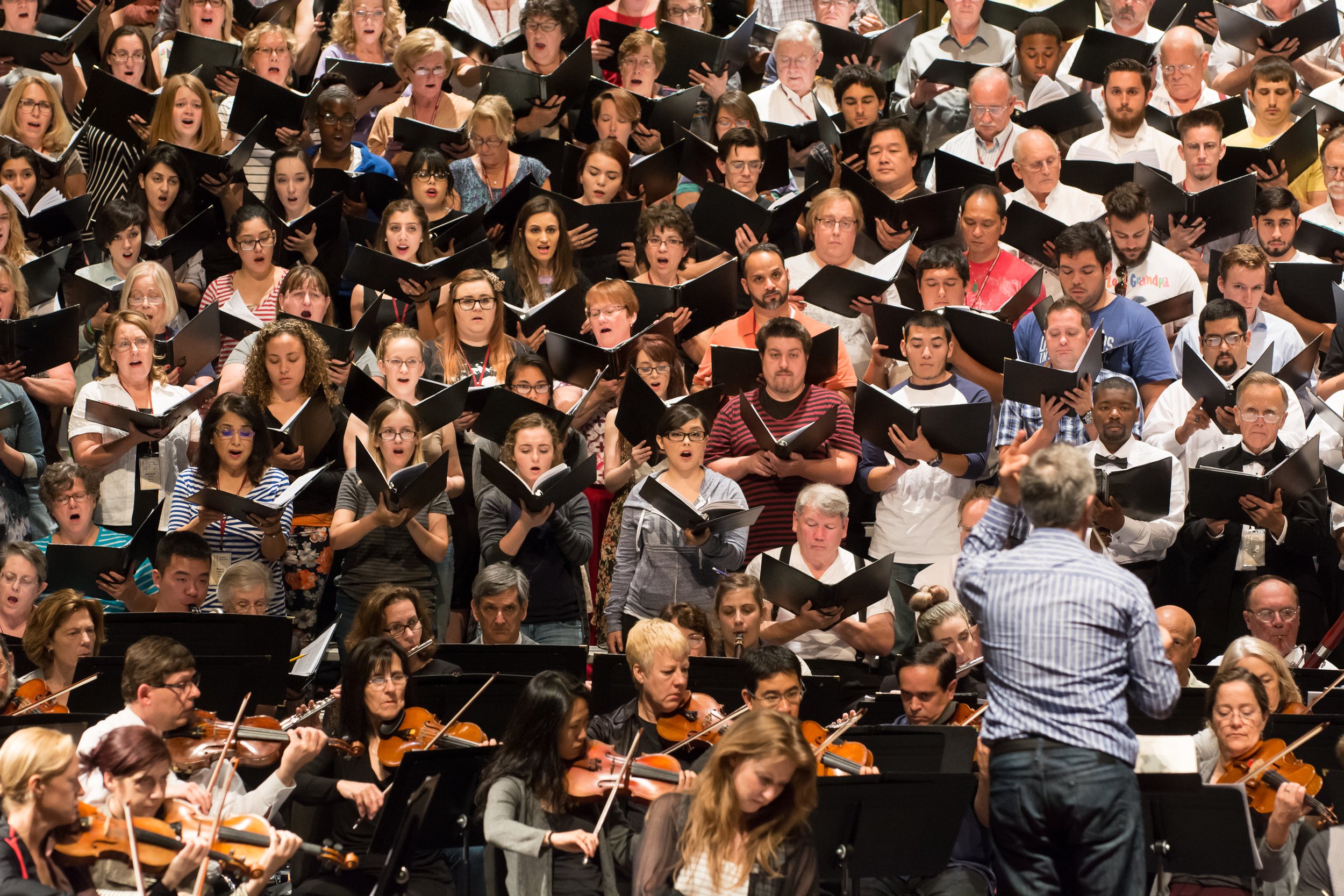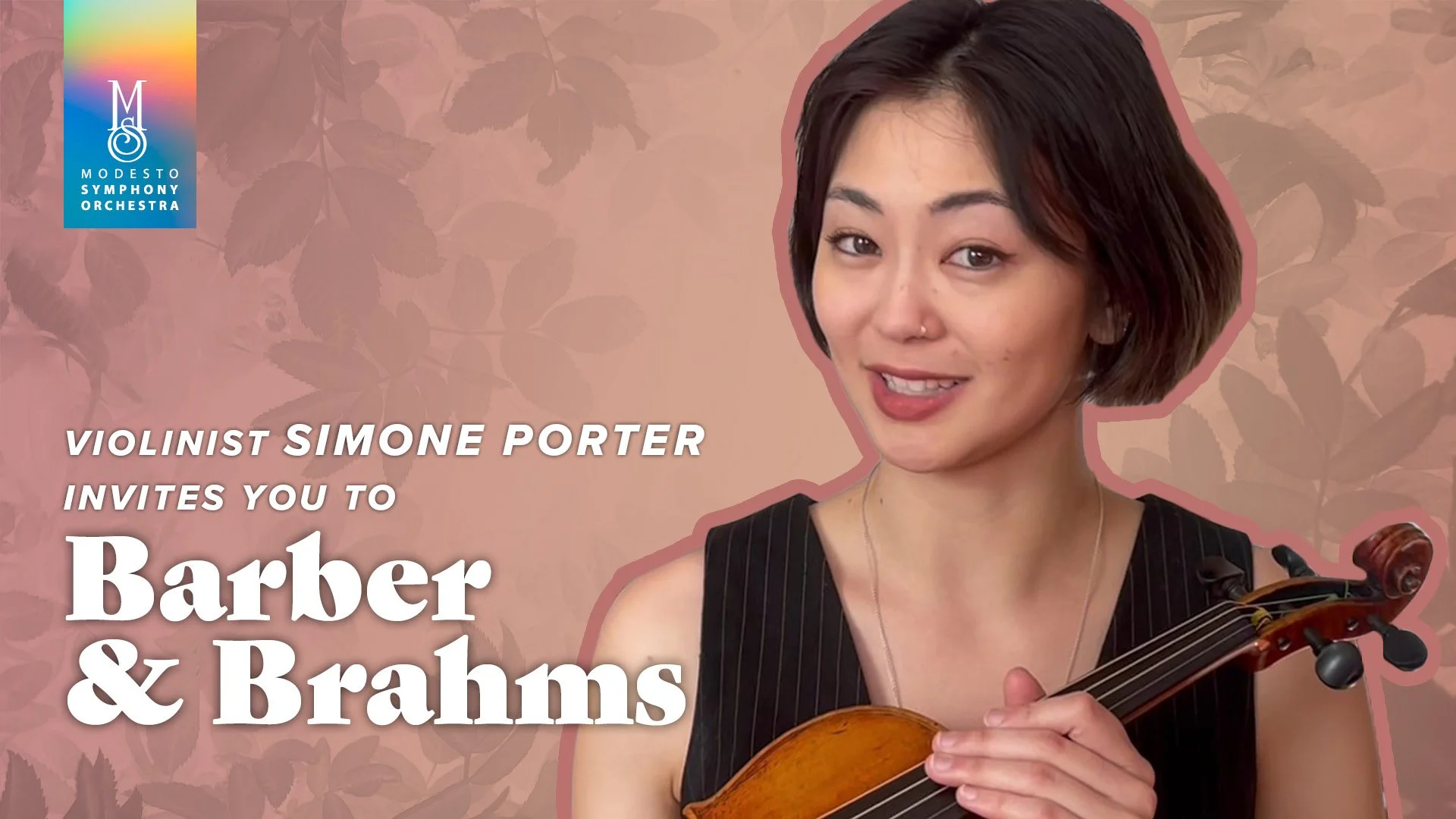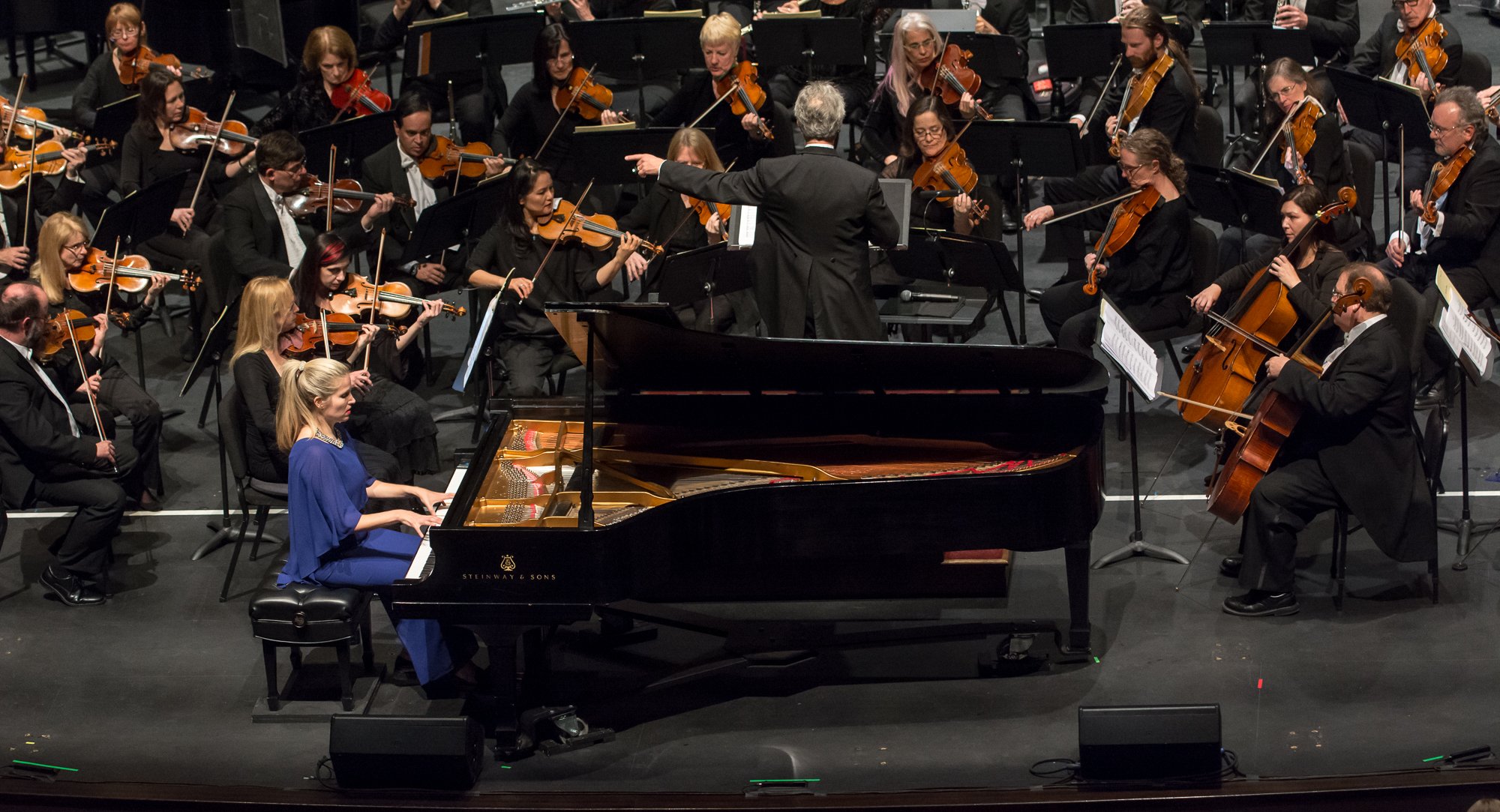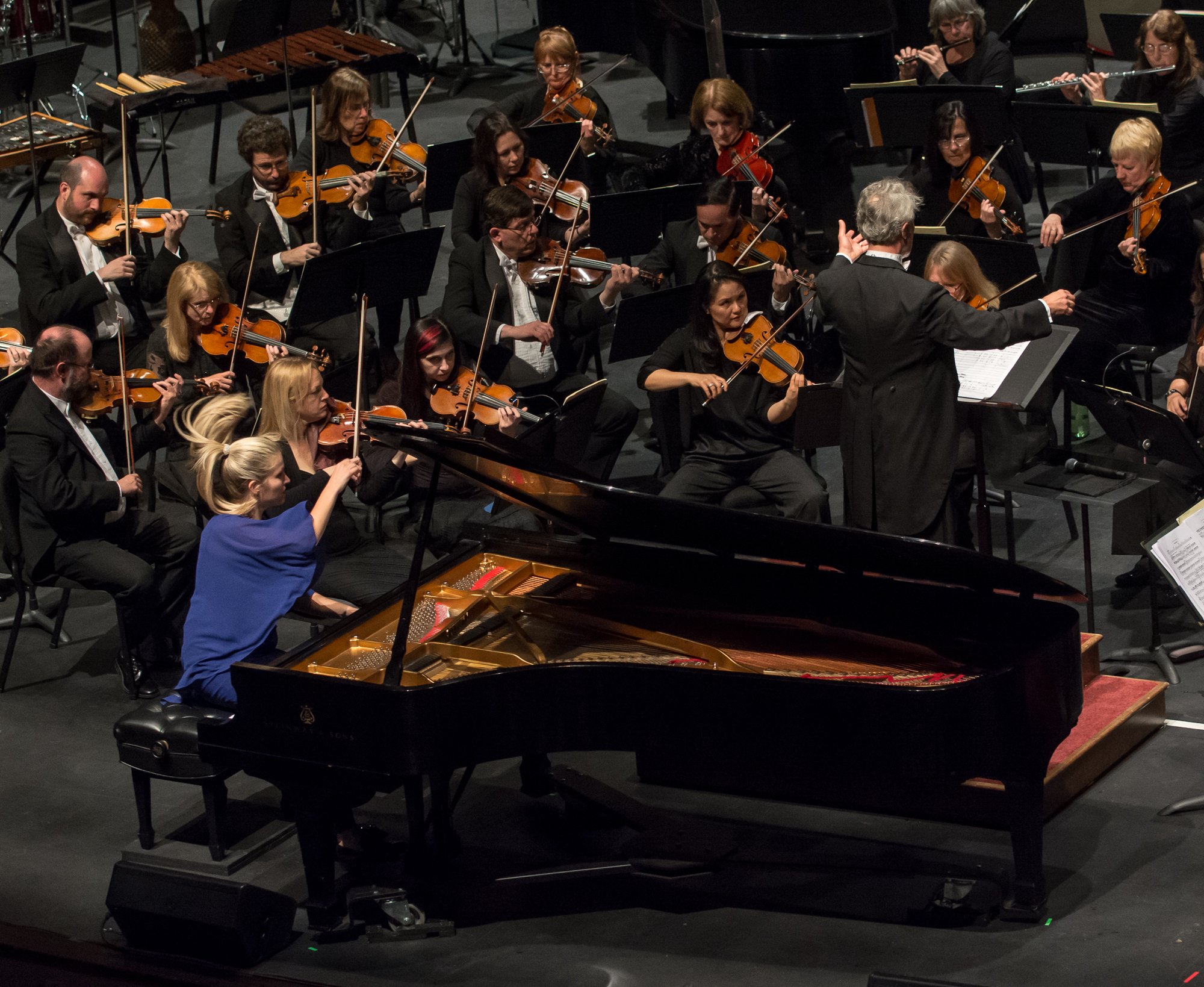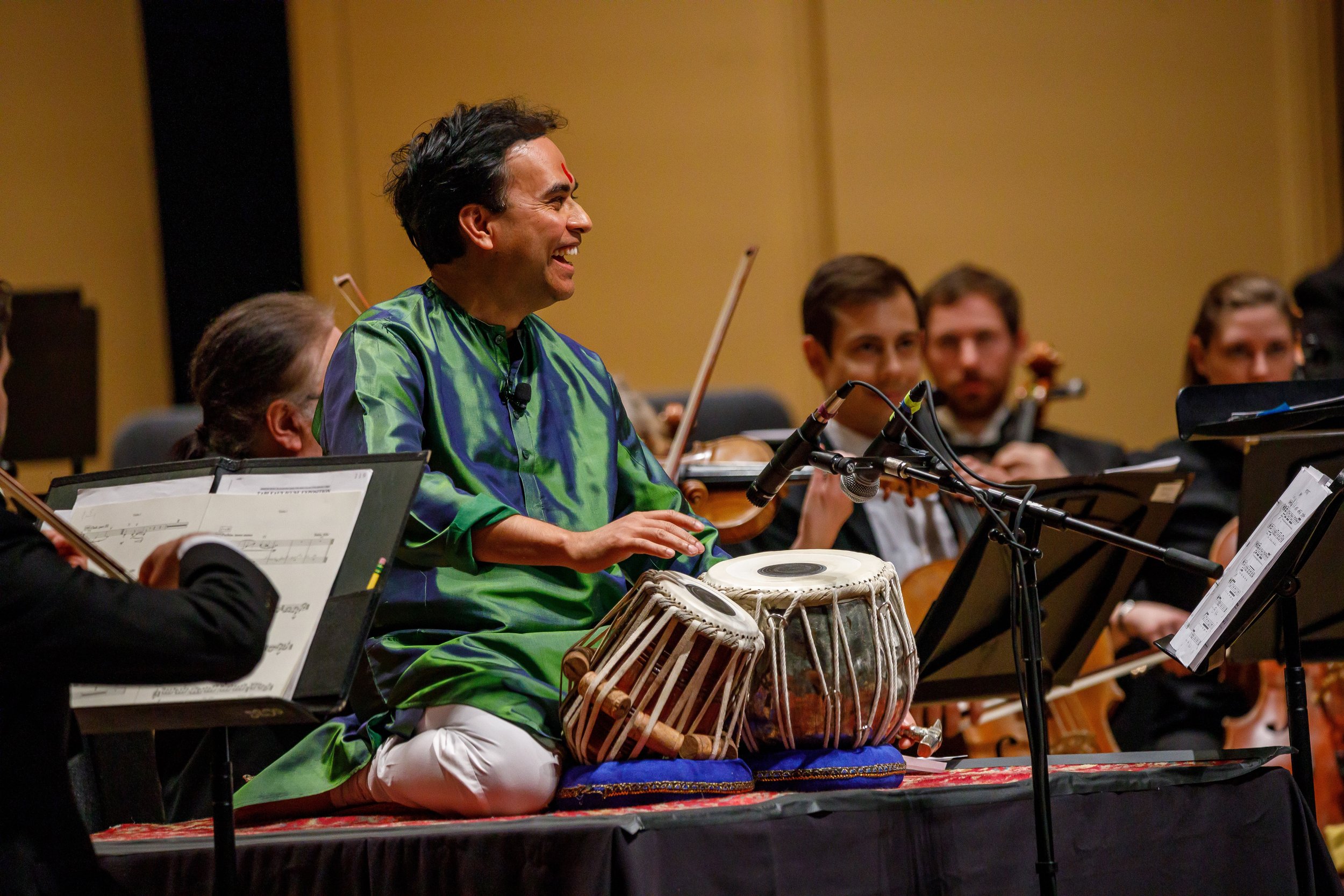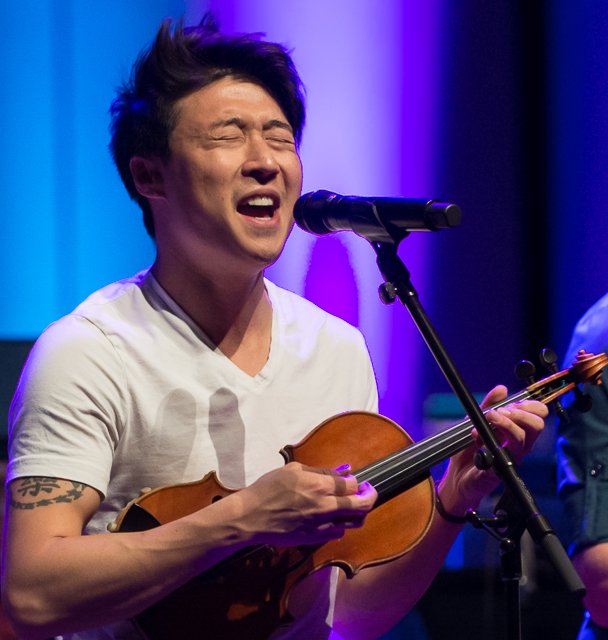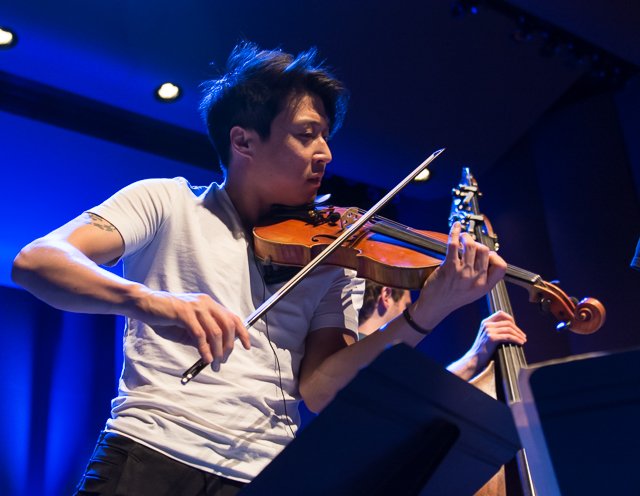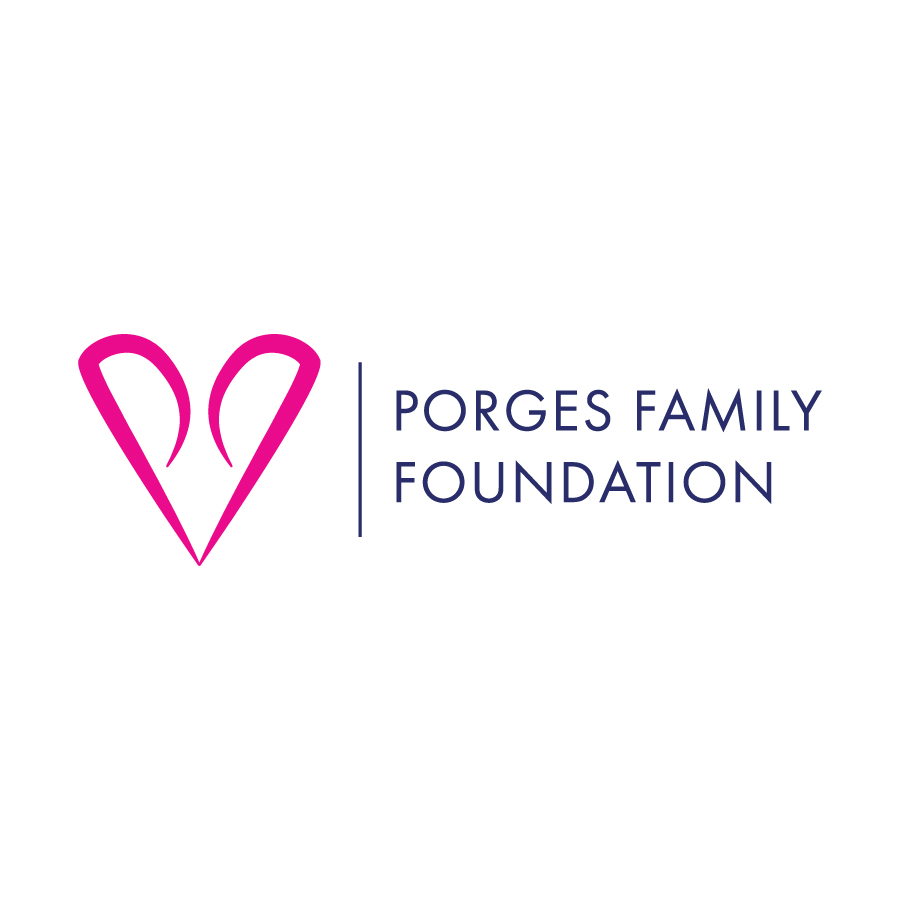about the composer
Discovering Dawson’s Masterpiece: The Negro Folk Symphony
William L. Dawson, composer
Born on September 26, 1899, in Anniston, Alabama, William Levi Dawson emerged as a prominent composer, conductor, and educator, contributing significantly to the cultural landscape of the 20th century. Among his notable works, the Negro Folk Symphony stands as a testament to his artistry and commitment to celebrating Black American musical traditions.
Dawson’s journey in music began at an early age, and he quickly became a skilled trombonist. As a teenager, he ran away from home to pursue a musical education at the Tuskegee Institute, now known as the Tuskegee University. After graduating with honors in 1921, Dawson went on to pursue a Bachelors of Music from Horner Institute of Fine Arts, and a Masters Degree in Composition from the American Conservatory of Music. Dawson’s exposure to the rich heritage of Black American folk music during this time laid the foundation for what would become one of his most celebrated compositions.
After completing his studies, he was given tenure from the Tuskegee Institute, where he conducted the 100-member choir in several nationally recognized broadcasts and performances, including performances at the White House and Constitution Hall. Dawson also went on an international tour with the Tuskegee Choir to the British Isles, Europe, and the Soviet Union under the sponsorship of President Franklin. D. Roosevelt. Beyond his many achievements and honors, Dawson’s symphony is what gave him the most notoriety in the sphere of musical arts.
Composed in 1934, Dawson’s Negro Folk Symphony is a groundbreaking work that masterfully blends classical forms with the vibrant rhythms and melodies of Black American folk music. Dawson drew inspiration from spirituals, work songs, and other traditional tunes, infusing the symphony with a unique cultural resonance. In a 1932 interview, Dawson said: “I’ve tried not to imitate Beethoven or Brahms, Franck or Ravel…the finest compliment that could be paid to my symphony when it has its premiere that it unmistakably is not the work of a white man.”
Negro Folk Symphony had its world premiere on November 14, 1934 by the Philadelphia Symphony Orchestra, under direction of Leopold Stokowski, at Carnegie Hall. It was an instant, but fleeting success at first before falling into obscurity until 18 years later. After a several-week tour in West Africa in 1952, Dawson was inspired to revise his symphony and integrate the unique rhythms and musical experiences from his trip. This revised symphony is what is commonly heard today.
The Negro Folk Symphony not only showcases Dawson's compositional prowess but also serves as a significant cultural statement. It is a shining example of the excellence of Black American musicians and composers, once lost to time, getting the recognition that they deserve in the modern orchestral sphere. . In a time when racial inequality and discrimination were pervasive, Dawson's work highlighted the beauty and strength inherent in Black American musical heritage. This symphony has endured as a symbol of resilience and cultural pride, continuing to be performed and celebrated by orchestras around the world.
Listen to Dawson’s Legacy Live!
Come hear William Dawson’s Symphony No. 3 this February 9th & 10th at the Gallo Center for the Arts!
Learn more about Dawson (Reference):Biography. Alabama Music Hall of Fame. (n.d.). https://www.alamhof.org/williamldawsonBrown, G. K. (n.d.). Negro folk symphony. BSO. https://www.bso.org/works/negro-folk-symphonySchwartz, E. (n.d.). Negro Folk Symphony, William Dawson. LA Phil. https://www.laphil.com/musicdb/pieces/6227/negro-folk-symphonyWikimedia Foundation. (2024, January 5). William L. Dawson (composer). Wikipedia. https://en.wikipedia.org/wiki/William_L._Dawson_(composer)
